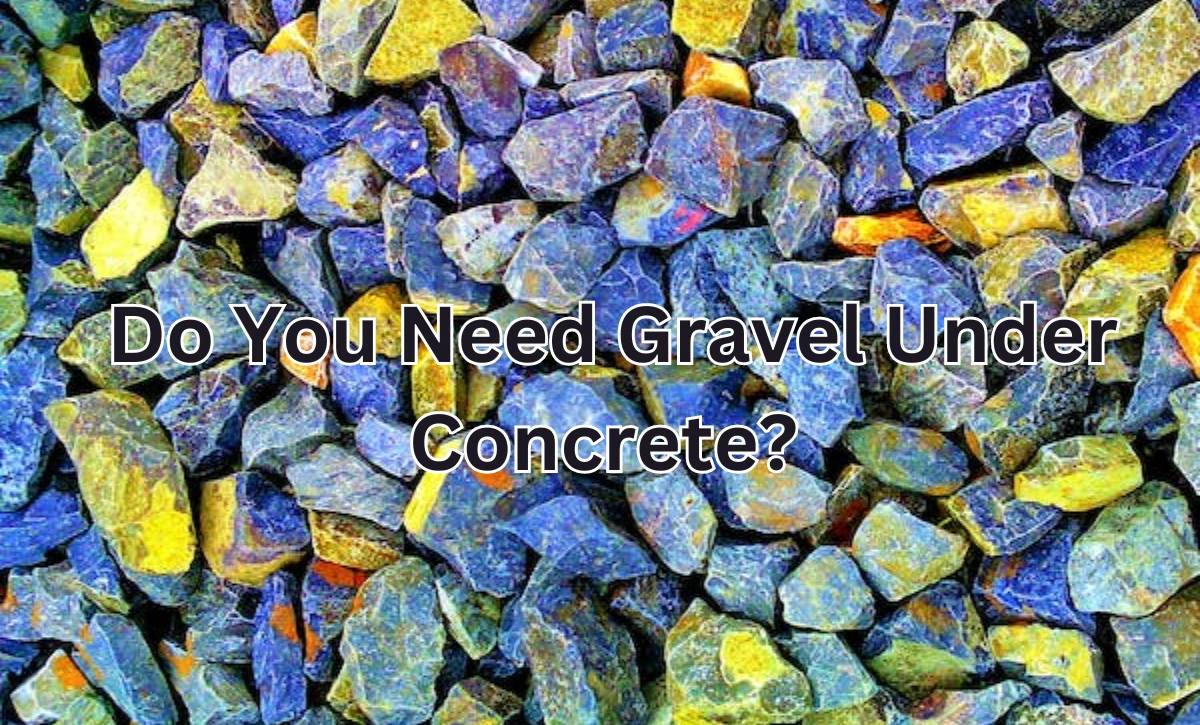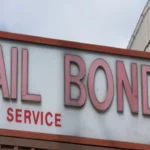Many people in the construction and do-it-yourself communities wonder if gravel is really needed under concrete slabs. This discussion goes beyond the realm of academia and directly affects the durability and security of our buildings. Gravel is more than just a tradition; it’s a scientifically-grounded practice that aims to make concrete installations more stable and long-lasting. To help you feel more confident in your next project, let’s explore the important role of gravel, supported by scientific rationale and expert consensus.
Benefits of Gravel Under Concrete Slab
Stable Foundation and Drainage
The long-term durability and stability of a concrete slab are assured by the multi-purpose gravel layer beneath the surface. It prevents water from pooling under the slab and serves as a solid base for drainage. The slab remains intact, free from cracks and structural problems, because soil erosion and the resulting voids are prevented.
Moisture Barrier for Lasting Durability
Water cannot soak up through the slab because of the compacted gravel layer that acts as a moisture barrier. This vital component maintains a dry surface, protecting subflooring from efflorescence and other problems.
Gravel Size and Compaction
Finding the perfect gravel size, which falls somewhere between 3/4″ and 1″ washed and screened, requires balancing compaction with drainage. The ideal range for support and water drainage, which keeps concrete from cracking due to hydrostatic pressure buildup, is this range.
Importance of Proper Drainage Under Concrete
Preventing Water Pooling and Soil Erosion
Gravel under concrete is the best option for appropriate drainage, which is of the utmost importance. Gravel maintains a stable base, which is essential for the structural integrity of the concrete, by preventing water from pooling and soil erosion underneath the slab.
Slab Drainage and Longevity
By preventing the conditions that cause cracking and settling, gravel’s function in improving drainage increases the lifespan of concrete slabs. This is because gravel keeps the base dry and stable.
Gravel Layer Thickness and Vapor Barriers
Optimal Gravel Depth for Stability
It is recommended to place at least three inches of gravel beneath a four-inch thick slab. The stability, drainage, support, and durability of the concrete can be improved by increasing this depth, though.
Vapor Barrier Integration for Moisture Prevention
To prevent water from penetrating the concrete, it is recommended to place a vapor barrier over the gravel layer. To avoid efflorescence and keep the flooring that was laid above the slab in good condition, this step is crucial.
Preventing Differential Settlement and Cracks
No matter what, the gravel and subgrade must provide uniform support. It’s essential for preventing slab cracks caused by differential settlement. A gravel base that has been compacted thoroughly reduces the likelihood of bending and cracking by distributing the load uniformly.
FAQs
When laying concrete, why is gravel necessary?
In addition to laying a solid foundation and facilitating drainage, gravel also serves as a moisture barrier and stops soil erosion beneath concrete slabs.
How does gravel under concrete improve drainage?
By directing water away from the concrete slab, gravel avoids structural problems caused by water pooling and soil erosion.
What size gravel is best for under concrete?
The perfect combination of compactness and drainage can be achieved with washed and screened gravel that is between 3/4″ and 1″ in size.
How much gravel do I need under a concrete slab?
For the best stability and drainage under a 4-inch slab, it is recommended to use at least 3 inches of gravel.
Is a vapor barrier necessary over gravel under concrete?
It is recommended to use a vapor barrier to stop water from penetrating the concrete and causing efflorescence or harm to the flooring that is above the slab.
Conclusion
Finally, gravel under concrete slabs plays an essential role. It is an engineering and scientific procedure that is put in place to make sure that concrete structures last a long time and don’t collapse. You can tackle your next project with assurance, knowing that you’re constructing on a long-lasting foundation, by adhering to these professional guidelines and comprehending the essential roles that gravel plays. Keep in mind that skipping gravel might end up costing much more in the long run than any short-term savings you might get from cutting corners. By purchasing gravel, you are making a long-term investment in your project.

Shannon Reyes is a seasoned writer with a knack for crafting engaging blogs on a variety of service industries, including plumbing, cleansing, moving, pest control, and roofing. With a keen eye for detail and a passion for helping readers navigate complex topics, Shannon brings her expertise to life through informative and accessible content.










